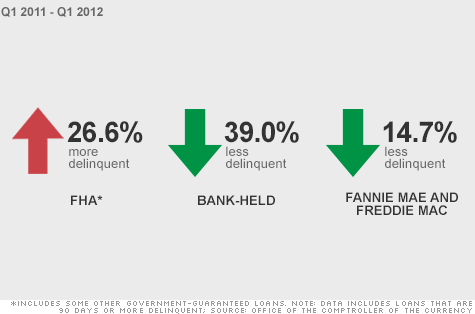By Christopher S. Rugaber THE ASSOCIATED PRESS
The Commerce Department said Tuesday that builders broke ground on houses and apartments last month at a seasonally adjusted annual rate of 917,000. That’s up from 910,000 in January. And it’s the second-fastest pace since June 2008, behind December’s rate of 982,000.
Single-family home construction increased to an annual rate of 618,000, the most in 4-1/2 years. Apartment construction also ticked up, to 285,000.
The gains are likely to grow even faster in the coming months. Building permits, a sign of future construction, increased 4.6 percent to 946,000. That was also the most since June 2008, just a few months into the Great Recession.
And the figures for January and December were also revised higher. Overall housing starts have risen 28 percent higher over the past 12 months.
Separately, a private report showed the number of Americans with equity in their homes increased last year. That suggests one of the biggest drags from the housing crisis is easing and could clear the way for more people to put homes on the market.
“The road ahead for housing is still, so far, looking promising,” Jennifer Lee, an economist at BMO Capital Markets, said in a note to clients.
The pair of positive housing reports helped drive early gains on Wall Street. But stocks edged lower later in the day as investors awaited the outcome of a vote on an unpopular bailout plan in the European nation of Cyprus. The Dow Jones industrial average was down 35 points in afternoon trading.
Housing starts jumped in the Northeast and Midwest, while they fell in the South and West. Permits rose in the South, West and Midwest, falling only in the Northeast.
The U.S. housing market is recovering after stagnating for roughly five years. Steady job gains and near-record-low mortgage rates have encouraged more people to buy.
In addition, more people are seeking their own homes after doubling up with friends and relatives in the recession. That’s leading to greater demand for apartments and single-family homes to rent.
Still, the supply of available homes for sale remains low. That has helped push up home prices. They rose nearly 10 percent in January compared with 12 months earlier, according to CoreLogic, the biggest increase in nearly seven years.
Higher prices mean that more Americans have equity in their homes. Last year, about 1.7 million Americans went from owing more on their mortgages than their homes were worth to having some ownership stake, CoreLogic reported Tuesday. That benefits both home owners and the broader economy.
When homeowners have some equity stake, it makes it easier for them to sell or borrow against their homes. Still, 10.4 million households, or 21.5 percent of those with a mortgage, remain “under water,” or owe more on their home than it is worth.
The number of previously occupied homes for sale has fallen to its lowest level in 13 years. And the pace of foreclosures, while still rising in some states, has slowed sharply on a national basis. That means fewer low-priced foreclosed homes are being dumped on the market.
Those trends, and the likelihood of further price gains, have led builders to step up construction. Last year, builders broke ground on the most homes in four years.
Homebuilders have become much more confident over the past year.










 Delinquencies and foreclosures of FHA-backed mortgages are soaring, putting further strain on the housing agency’s finances and making a taxpayer bailout more likely.
Delinquencies and foreclosures of FHA-backed mortgages are soaring, putting further strain on the housing agency’s finances and making a taxpayer bailout more likely.
© 2013 The Peral Group